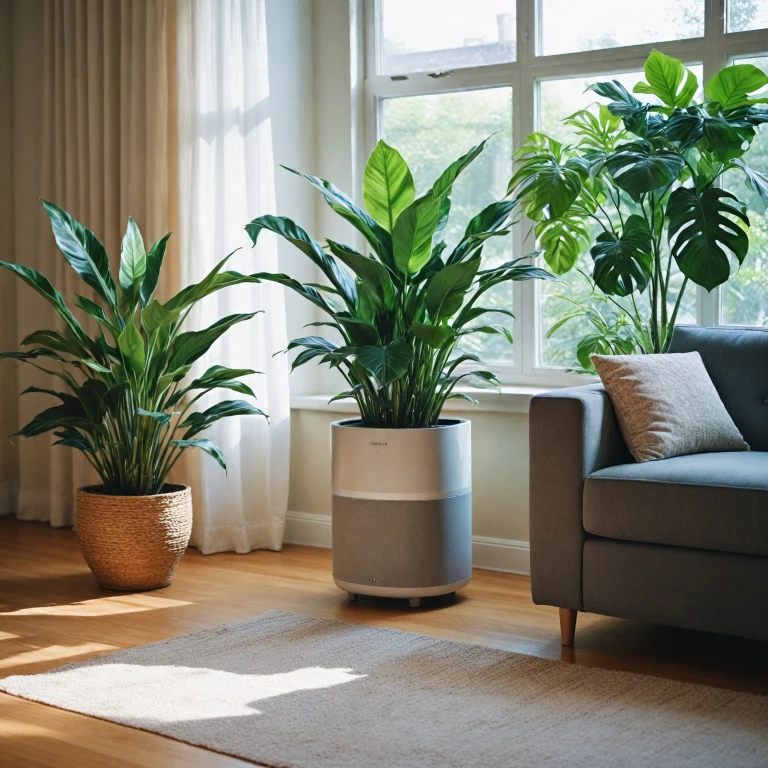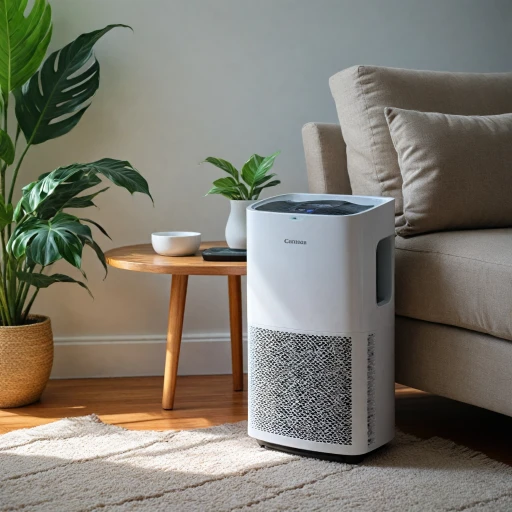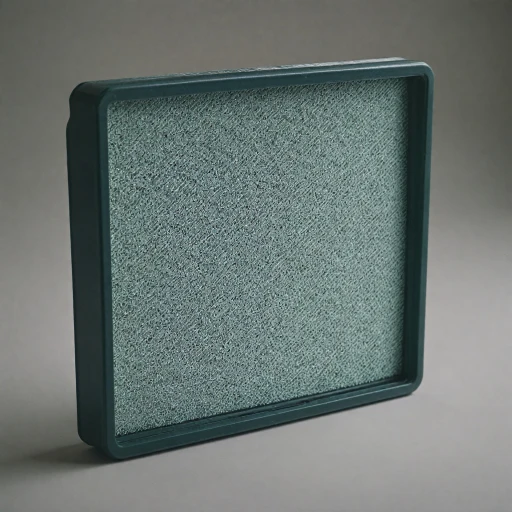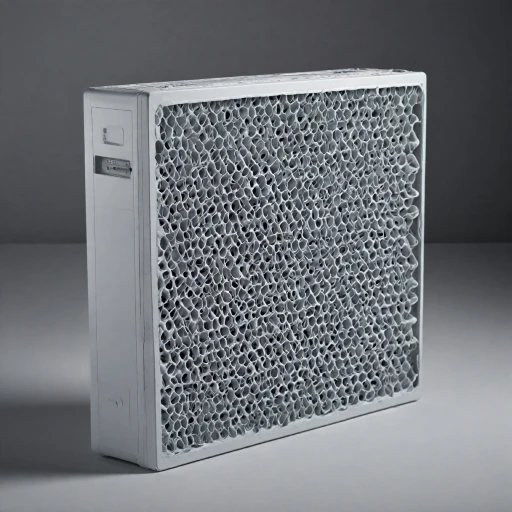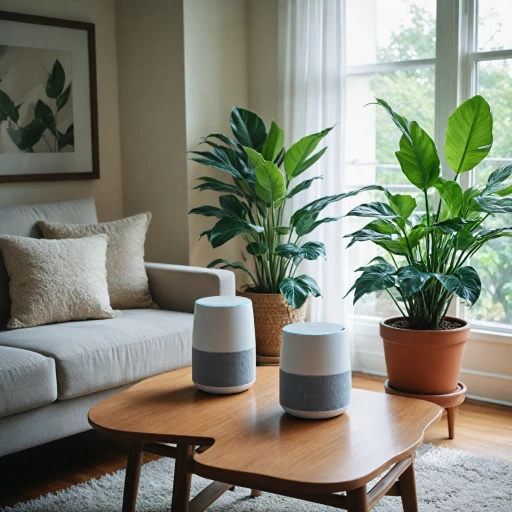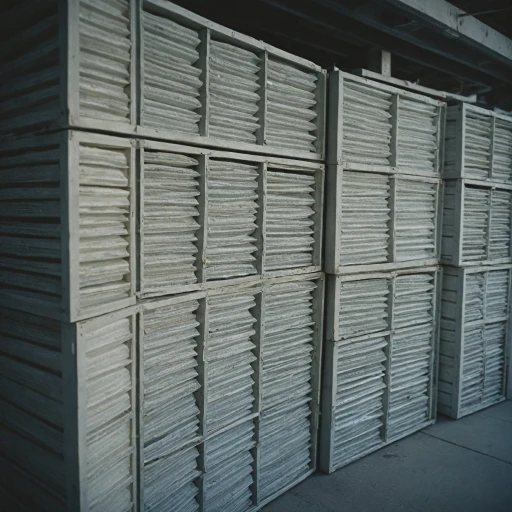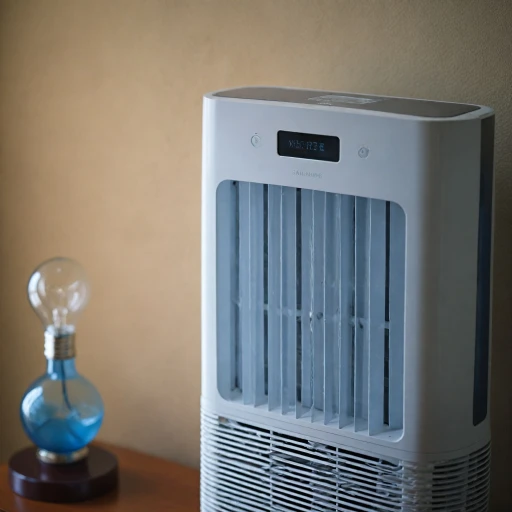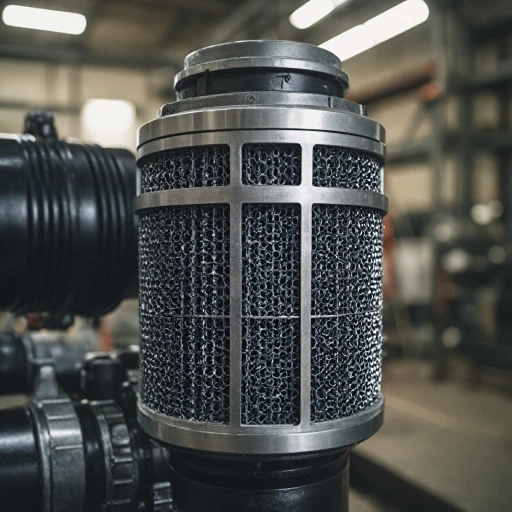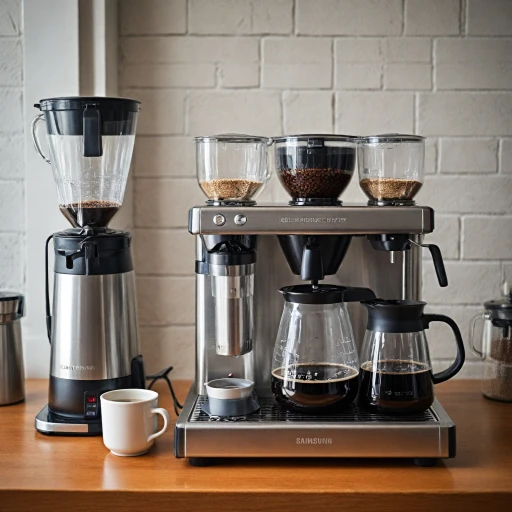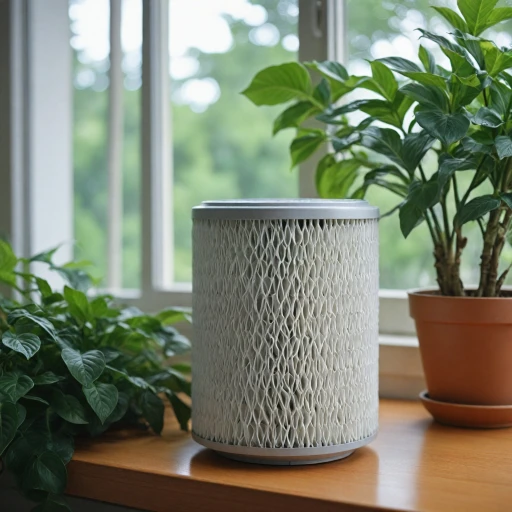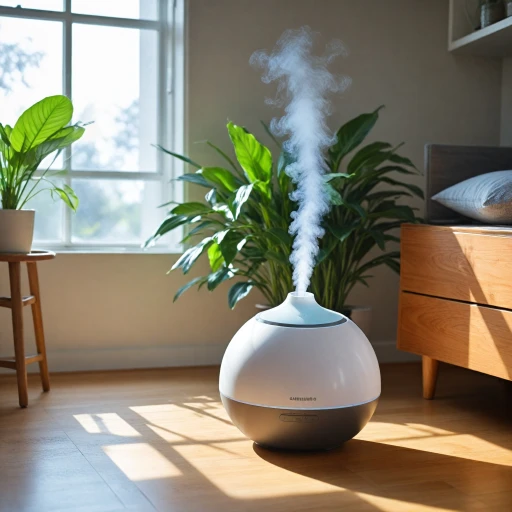
What is a Prefilter?
What Exactly is a Prefilter?
In the world of air purifiers, a prefilter is an essential component that significantly enhances the overall efficiency of the device. As its name suggests, the prefilter is the first layer of filtration in an air purifier system. Acting as a primary defense line, it captures larger particles such as dust, pet hair, and lint before air passes through subsequent filters like HEPA or activated carbon. Prefilters are strategically designed to prolong the lifespan of the main filters, allowing them to focus on trapping finer particles. Thus, they play a vital role in reducing the frequency of expensive filter replacement and maintaining optimal performance of the purifier. A choosing the right filters for your air purifier can significantly impact your air purifier's efficacy. Various factors such as pore size and filter material influence how effective a prefilter is in capturing larger pollutants. Opting for the right prefilter can also improve the air quality in your environment while ensuring that your air purifier works efficiently without excessive strain.Benefits of Using a Prefilter
The Advantage of Using Prefilters
Incorporating a prefilter into your air purifying system offers a multitude of benefits, enhancing the overall efficiency of your air purifier. Prefilters extend the life of the main filters, such as the HEPA or carbon filters, by capturing larger particles like hair, dust, and pet dander before they reach the more sensitive components. This not only maintains the effectiveness of the primary filters but also minimizes the frequency of filter replacement, subsequently reducing the regular price maintenance costs.
Using a prefilter can also improve air purifiers' performance in terms of air flow. By catching larger particles first, the systems can operate more smoothly, making them more efficient at eliminating smaller pollutants such as fine dust and pollen. This allows your air purifier to maintain a high level of indoor air quality.
- Extended Filter Life: Protecting the main filters from larger pollutants.
- Cost Savings: Reduces the necessity for frequent replacement parts, providing long-term savings.
- Enhanced Efficiency: Boosts the overall efficiency of your purifier, ensuring consistent performance.
- Improved Air Quality: Ensures that the air circulating in your home is cleaner and healthier.
By investing in a quality prefilter, you help not only the environment but also your wallet. Want to make sure you're selecting the best filters for your needs? Discover the right filters for your air purifier with expert insights.
Types of Prefilters
Different Types of Prefilters for Various Needs
Selecting the right prefilter for your air purifier isn't just a consideration of fit, regular price, or appearance, it directly affects the efficiency and longevity of your purifier. The variety of prefilters available ensures that there's one for every need.- Foam Prefilters: Known for their large pore size, foam prefilters are great at trapping sizable particles like pet hair and dust while maintaining air flow efficiency. They are widely used in water air systems as well due to their durable nature.
- Activated Carbon Prefilters: These are particularly efficient for removing odors and harmful gases. By improving an air purifier's capacity to remove volatile organic compounds (VOCs), an activated carbon prefilter enhances overall air quality.
- Mesh Prefilters: Made with fine metal or nylon mesh, these are designed to catch larger airborne particles, extending the life of the main filter. Despite their simplicity, they are highly efficient and a cost-effective choice.
- Washable Prefilters: As the name implies, these prefilters can be washed and reused multiple times, reducing waste and replacement costs. Their longevity makes them an environmentally friendly option for air filter systems.
How to Maintain Your Prefilter
Keeping Your Prefilter in Top Shape
Maintaining your prefilter is essential for the optimal functioning of your air purifiers and to ensure the efficiency of the filtration system. Regular maintenance not only extends the life of the prefilter but also enhances the performance of the entire purifier unit.
- Regular Cleaning: Depending on the type of air purifier you have and its usage, cleaning the prefilter every few weeks can prevent clogging and improve efficiency. Most prefilters are easy to clean—simply remove, rinse with water, and air dry completely before reattaching.
- Timely Filter Replacement: Despite regular cleaning, prefilters will eventually require replacement. The duration before a replacement is necessary varies with the product’s specifications. Refer to the manufacturer's guidelines for the recommended filter replacement intervals.
- Checking for Wear and Tear: Regular inspections of your prefilters for signs of wear, such as tears or a reduced ability to trap particles, can prevent performance issues down the line.
- Monitoring Air Purifier Features: Some air purifiers come with indicators that alert you when the prefilter needs attention, aiding in timely maintenance.
Efficient use of prefilters can significantly impact air quality, making routine checks a crucial part of maintaining healthy indoor environments. For more on choosing the right prefilter for your needs, consider aspects like pore size and compatibility with your purifying system.
Choosing the Right Prefilter for Your Needs
Finding Your Perfect Prefilter Match
Selecting the right prefilter for your specific needs involves considering several key factors. These filters are essential in prolonging the efficiency and lifespan of your air purifier by capturing large particles such as dust and pet hair before they reach the main filter. Here's a guide to help you make the best choice:- Filter Compatibility: Ensure the prefilter is compatible with your existing air purifier model. Check the specifications and sizing to avoid issues with fitting. A well-fitting prefilter optimizes the airflow and filter efficiency.
- Purpose and Environment: Consider the environment where the air purifier operates. If it's a high-dust area, selecting a filter designed for heavier particles might be more beneficial. Likewise, if the concern is odors, a prefilter with activated carbon might serve better.
- Cost and Replacement Frequency: Balancing the price regular against its lifespan and effectiveness is crucial. Products with a higher initial cost may offer better filtration and longer replacement intervals, providing value over time.
- Efficiency Rating: Examine the filter's efficiency rating, often expressed in pore size. Smaller pore sizes can capture finer particles but may require more frequent replacements. Consider how often you're willing to replace your prefilter.
- Sustainability and Maintenance: Some prefilters are reusable or washable, reducing waste and long-term costs. Determine if you prefer an easy-to-maintain product for less frequent replacements.
- Availability of Replacement Parts: Check the availability of replacement prefilters in your region, such as the United Kingdom, to avoid issues with obtaining replacements quickly and economically.
